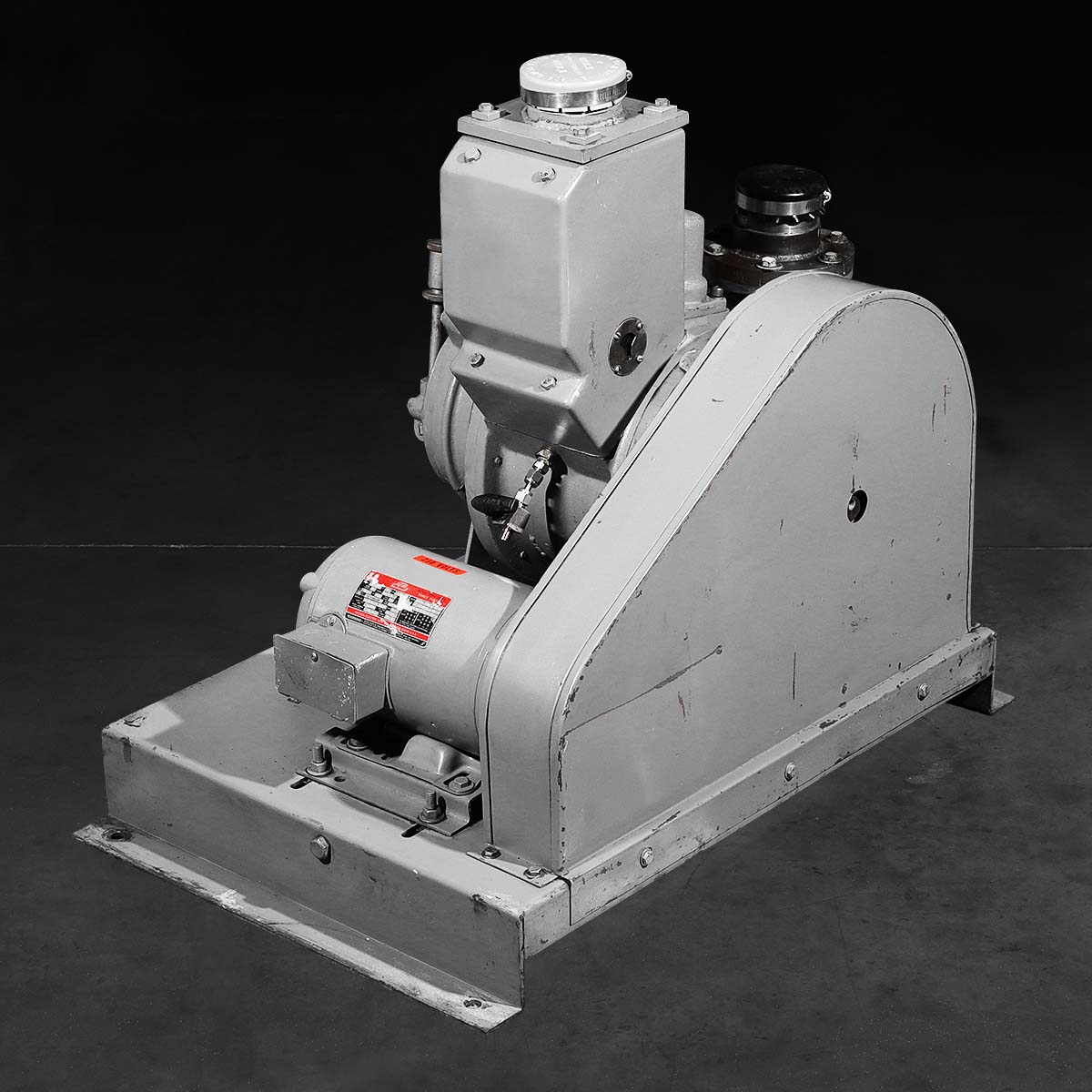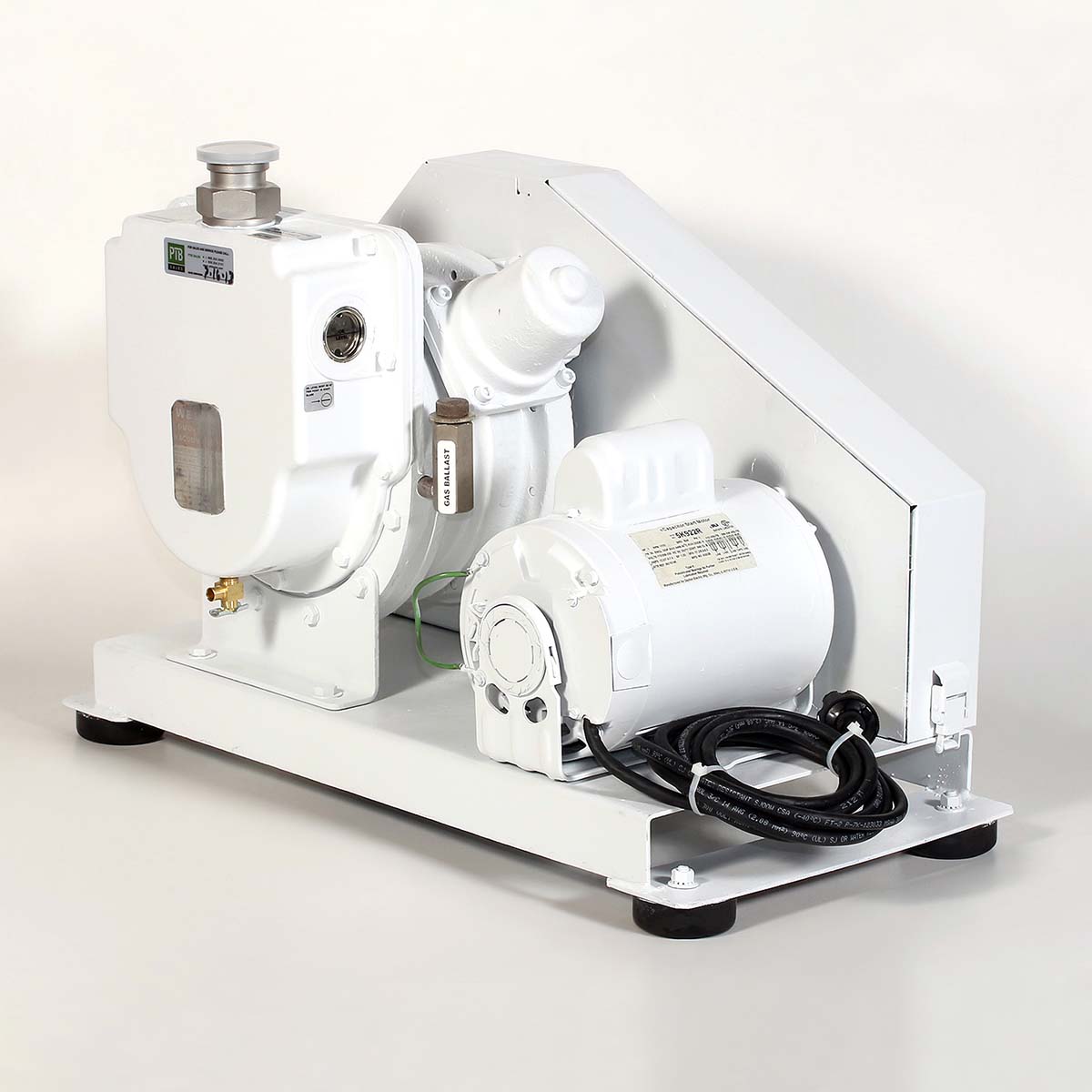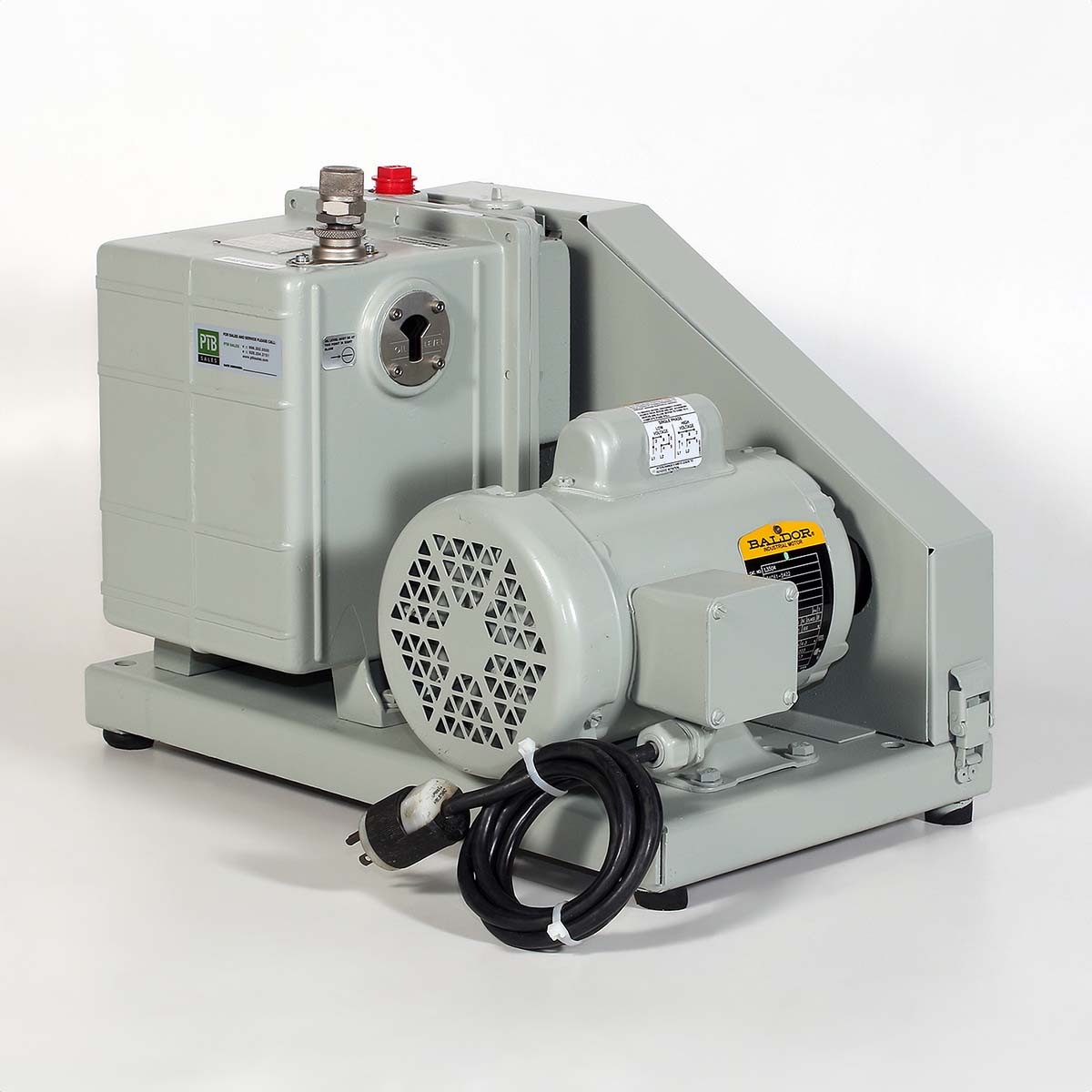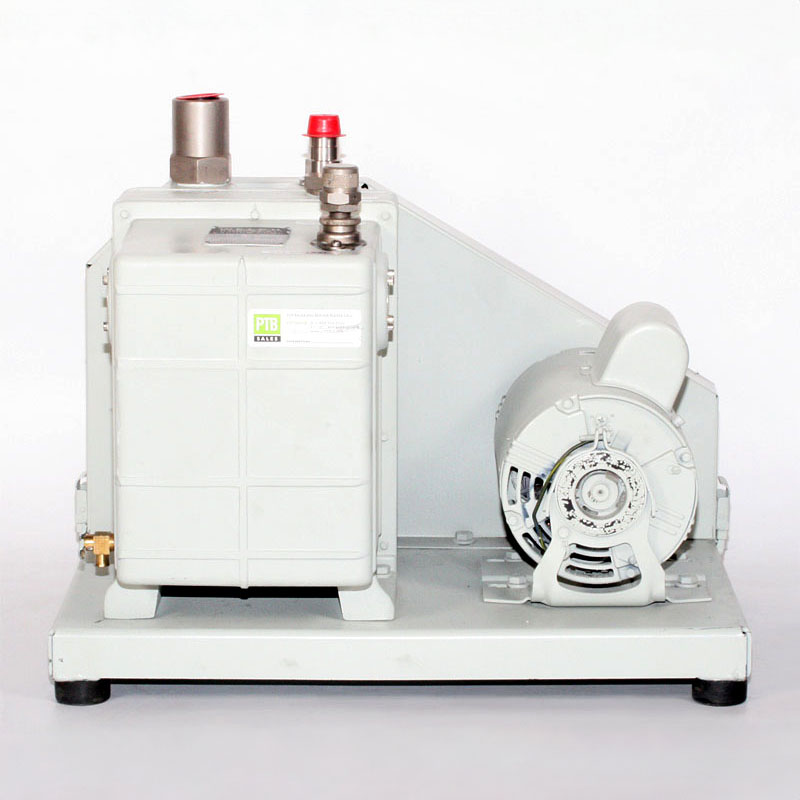Welch Vacuum
Return Material Authorization
10 TIPS
To ensure that your rotary vane pump works seamlessly
1 CHOOSE THE RIGHT PUMP
The performance of your pump has to meet your requirements. For example: A too large vacuum pump can increase the likelihood of condensable vapors bypassing trap and moving into vacuum pump oil.
2 PLACE THE PUMP IN CLOSE PROXIMITY TO THE APPLICATION
To ensure your pump remains at the top of its game, place your pump close to the application. The connecting tube between it and the pump should remain as close as possible. The performance of the pump relies on the length of the hose and its inner diameter. The smaller it is, the longer the pumping down, and vice-versa.
3 USE AN EXHAUST FILTER
Using an exhaust filter on a rotary vane pump will minimize the emission of oil mist from the exhaust port.
4 WARM UP THE PUMP
Let the pump warm up for 20 minutes with the inlet blanked so that it can reach its operating temperature. Running the pump before using it in application will also extend the longevity of the pump and ensure the appropriate vacuum level is reached when starting the process.
5 USE A COLD TRAP
If you expect high vapor loads or solvents / corrosives to pass through the pump, use a cold trap. Using it will prevent solvents and water from entering the pump and degrading the vacuum pump oil, decreasing pump performance. Furthermore, cold trapping improves pumping capacity and efficiency.
6 CHECK OIL REGULARLY
Do regular check-ups of the oil level. Depending on the pumps operating conditions, checking the oil should be done at regular intervals by looking at the oil sight glass. The oil level should be at the upper marking. This allows for better dilution of contaminants, optimum operating conditions and minimizes the service needs.
7 CUSTOM-FIT YOUR OIL
Just like choosing the correct oil parameters for your car’s engine, to ensure efficient operation and maintenance, it is vital to choose the correct oil for your pump. Directorr™ Premium vacuum oil has the proper viscosity, low vapor pressure and chemical stability to ensure that your CRVpro pump operates at its peak performance level.
8 CHECK THE OIL QUALITY
Checking the quality of the oil regularly is vital for preserving the top performance of your pump, just as you check the level and color of oil in your car’s engine. Did the oil color change from clear to cloudy? Are there visible particles in the oil? If so, an oil change is necessary. If you see that the oil is heavily contaminated, you should flush the pump with fresh oil several times. If you are a new pump user and unsure of how often you should change the oil, settle for a once-a-month frequency, then adjust according to the following principles:
- Has ultimate vacuum pressure gone up since the oil was first changed?
- Is the oil dirty, brown, viscous or loaded with condensed water?
- Does the oil have any odors picked up from the vapors it has pumped?
If the answer to one of these questions is yes, then you should change the oil more frequently.
9 PREVENTATIVE MAINTENANCE
If you should notice a pump performance decrease, please order a maintenance kit and follow the instructions on the service manual or contact us directly for support. Scheduling routine pump maintenance saves in the long run.
10 AVOID CORROSION
Consider running the pump with gas ballast open when it is processing heavy vapor loads. After you finish using your pump, run it for 30 minutes with the inlet blanked and gas ballast valve open before shutting it off. This will purge the pump of remaining water vapor from the oil inside the pump and prevent corroding of the pump.








